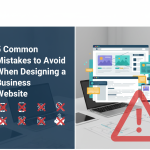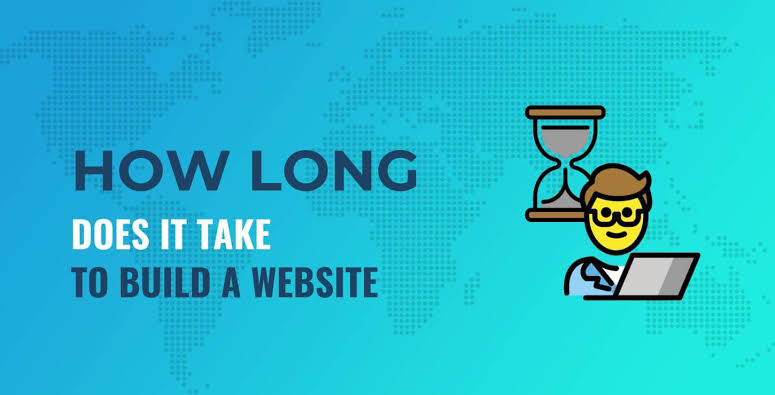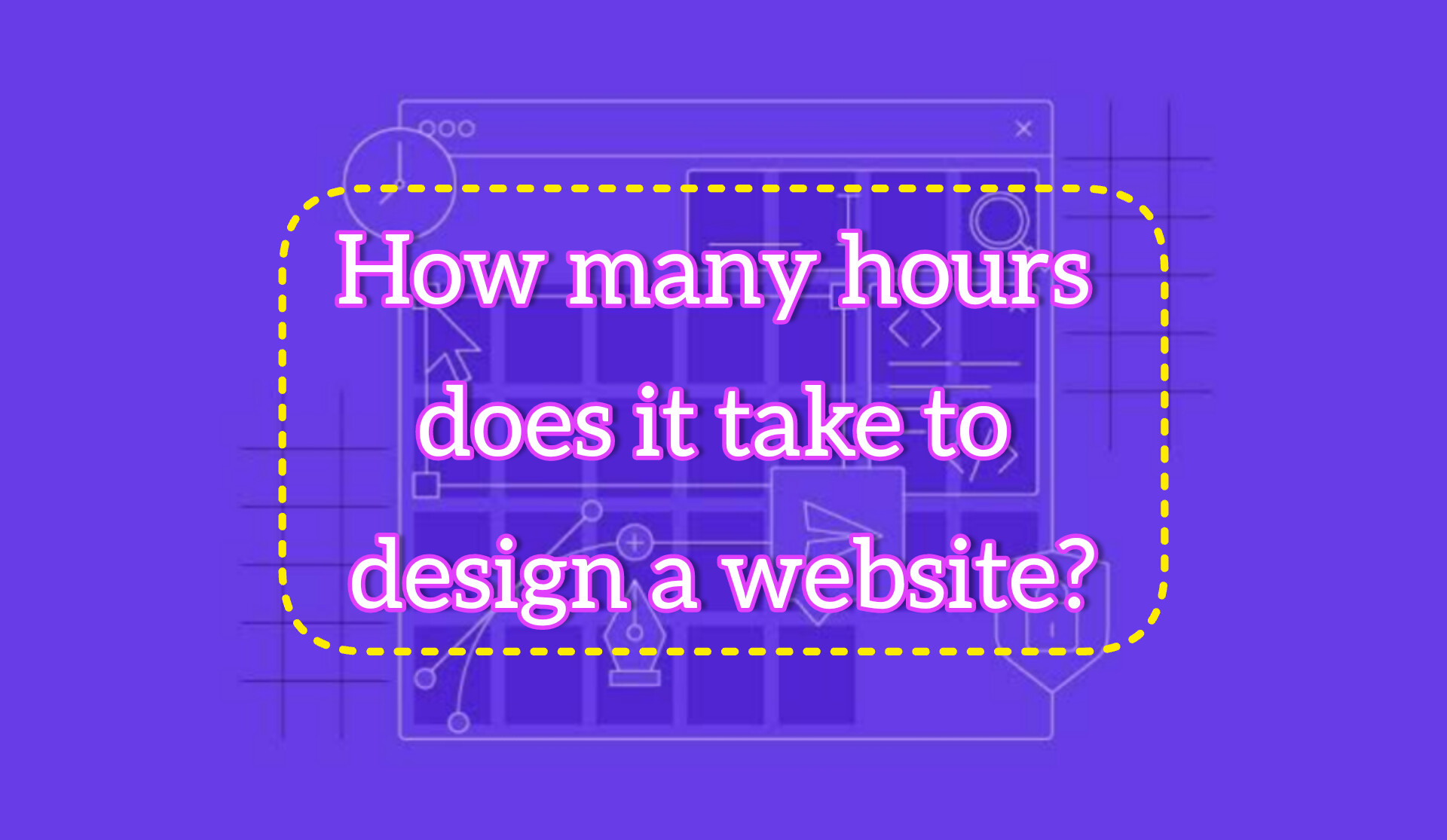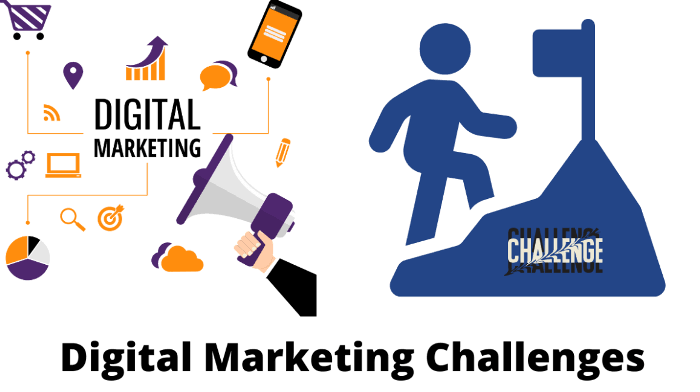If you’re wondering how to build a secure website that keeps hackers out, protects sensitive data, and earns the trust of your audience, you’re in the right place. Website security is no longer optional, it’s a necessity.
Besides, with cyber attacks happening every 39 seconds, ensuring your website is secure is one of the best ways to protect your online presence.
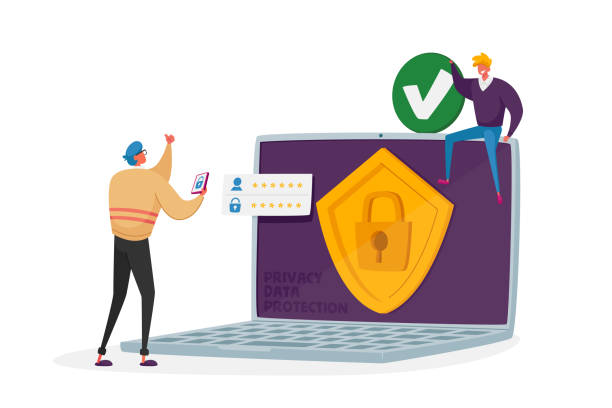
In this article, I’ll show you exactly how to build a secure website, step by step.So, whether you’re just starting out or looking to upgrade an existing site, these tips will help you create a safe, trustworthy space for your users.
Why Is Building a Secure Website Important?
Before we get into the how, let’s talk about the why. Why is building a secure website so important?
First, a secure website protects your users’ data, builds trust, improves your Google rankings, and ensures you comply with privacy regulations.
Think about it, would you feel comfortable entering your personal information on a website that doesn’t look secure?
Probably not! Well, by taking the right steps to secure your website, you’ll not only protect your visitors but also boost your credibility and set yourself apart from competitors.
Steps to Build a Secure Website
Are you ready to get started? Let’s break down the key steps to build a secure website that keeps both you and your users safe.
Choose a Reliable Web Hosting Provider
Your hosting provider plays a huge role in your website’s security. A good provider should offer:
- Free SSL certificates to encrypt data.
- Automatic backups to restore your site if something goes wrong.
- Firewalls to block unauthorized access.
Therefore, take your time to research and invest in a trusted hosting provider, as this is the foundation of your secure website.
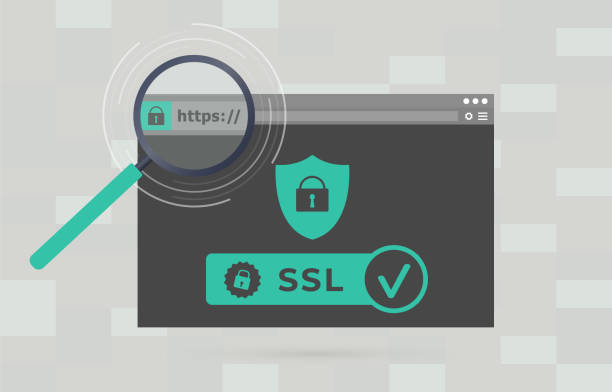
Enable HTTPS
If your site isn’t running on HTTPS yet, then you’re leaving it vulnerable. HTTPS encrypts data, making it much harder for hackers to intercept information like passwords and credit card numbers.
In fact, most hosting providers offer SSL certificates, which you can activate in a few clicks. Once enabled, your site will show the secure padlock icon in browsers, reassuring visitors that your website is safe to use.
Use Strong Passwords and Multi-Factor Authentication
Let’s be honest: we’re all guilty of using weak passwords at some point. But when it comes to your website, this is a risk you can’t afford.
Therefore, make sure to:
- Use long passwords with a mix of letters, numbers, and symbols.
- Require strong passwords for your users as well.
- Enable multi-factor authentication (MFA) for an extra layer of protection.
This simple step can stop most brute force attacks in their tracks.
Keep Everything Updated
An outdated website is like an open door for hackers. CMS platforms (like WordPress), plugins, and themes release updates to fix vulnerabilities, so make sure to:
- Regularly check for updates.
- Delete unused plugins and themes.
- Only install tools from reputable developers.
Staying on top of updates is one of the easiest ways to build a secure website.
Install a Web Application Firewall (WAF)
Now, think of a Web Application Firewall as your website’s bodyguard. It blocks threats like SQL injections, cross-site scripting, and other common attacks.
Many hosting providers or third-party services offer WAFs, so you can easily add this protection to your site.
Scan for Malware Regularly
Hackers are constantly developing new ways to target websites. To stay ahead, use tools like security scanners and anti-malware software to:
- Check your site for vulnerabilities.
- Detect and remove harmful scripts.
Scanning your website regularly ensures that any issues are caught early, before they can cause serious damage.
Why You Should Care About Building a Secure Website
At this point, you might be thinking, “This sounds like a lot of work, so why does it matter so much?” First, a secure website isn’t just about protecting data; it’s about building trust.
When users see that your site is secure, they’re more likely to stick around, engage with your content, and even make purchases. Plus, Google prioritizes secure websites in search rankings, which means all your hard work can lead to more traffic and better visibility.
Conclusion
Building a secure website is one of the best investments you can make for your online presence. However, remember website security isn’t something you do once and forget about, it’s an ongoing process. But the effort is worth it.
When you build a secure website, you’re not just protecting data; you’re building a brand that people can trust. So, what are you waiting for? Start implementing these steps today and enjoy the peace of mind that comes with knowing your website is safe and secure!

